In the labyrinthine corridors of global trade, the specter of tariffs has long been a lurking menace, poised to unleash economic chaos. The recent tariff-induced market mayhem is a stark reminder of the precarious balance that hangs by a thread in the world of finance. As the United States embarks on an unprecedented trade policy adventure, the market's response has been nothing short of a tempestuous upheaval, with far-reaching implications for investors, businesses, and the broader economy.
The Market's Descent into Turbulence
The market's descent into turmoil began with a cascade of sell-offs that wiped away over $5.4 trillion in market value. US stock futures plunged on a Sunday evening, foreshadowing a tumultuous Monday. The S&P 500 teetered on the brink of a bear market, a precipitous decline of 20% from its peak, which is an ominous harbinger for investors and the broader economy. The Dow futures plummeted by 1,250 points, a staggering 3.3% drop, while S&P 500 futures fell by 3.7%, and Nasdaq futures tumbled by a significant 4.6%. The ripple effects were felt across Asia, with Japan's Nikkei nosediving by 8% at the open. The price of US oil also took a hit, falling more than 3% and sinking below $60 a barrel for the first time since April 2021. The freefall in oil prices was driven by fears that tariffs could plunge the global economy into a recession, sapping demand for fuel-intensive activities such as flights, shipments, transportation, and travel.
Even Bitcoin, the digital asset that had surged above $100,000 shortly after Trump's election, succumbed to the market's malaise, falling by 5.6%. The massive declines in futures followed the worst two-day stretch for stocks in five years, reminiscent of the pandemic-induced market turmoil. The markets have unequivocally rejected President Donald Trump's massive tariff regime, some of which went into effect early Saturday morning, with even larger tariffs set to launch on Wednesday morning. China's fierce retaliation on Friday, imposing a 34% tariff on all US goods, further escalated fears of a damaging trade war.
The Tariff Regime: A Double-Edged Sword
The Trump administration's tariff regime has been a double-edged sword, with the potential to bolster domestic industries on one hand, but on the other, it has unleashed a wave of uncertainty and economic disruption. The universal tariff that went into effect on Saturday, following an executive order signed by Trump, has sparked an outcry from America's trading partners, both allies and foes, as well as American businesses, investors, and consumers. On Wednesday, the US is set to impose significantly higher "reciprocal" tariffs on nearly 90 countries with the highest trade imbalances with the United States. The administration has also placed tariffs on autos, steel, and aluminum, with 25% tariffs on certain goods from Canada and Mexico. The specter of more tariffs looms large, with tariffs on auto parts set to go into effect no later than May 3, and threats of tariffs on lumber, pharmaceuticals, copper, and microchips, among other products.
The administration's messaging on tariffs has been inconsistent, with Commerce Secretary Howard Lutnick asserting that "the tariffs are coming," while Trump himself has hinted at a willingness to negotiate. Trump's self-styled deal-making prowess was on display as he outlined his terms for a deal with China, emphasizing the need to address the trade surplus. "I'm willing to deal with China, but they have to solve their surplus," he said, highlighting the "tremendous deficit problem" with China. The president also expressed a desire to address the deficit with the European Union and other nations, signaling an openness to dialogue.
Recession Fears and Economic Fallout
Recession fears have gripped Wall Street in recent days, with JPMorgan analysts warning that the tariffs could hike taxes on Americans by $660 billion a year, the largest tax increase in recent memory. The tariffs are also expected to cause prices to surge, adding 2% to the Consumer Price Index, a measure of US inflation that has struggled to come back down to earth in recent years. JPMorgan analysts have raised the risk of a recession to 60%, while Goldman Sachs has pegged the probability of a recession in the next 12 months at about 35%. The Dow closed in correction territory on Friday, down more than 10% from its record high in December, the first time the index has closed in correction in over three years. The Nasdaq closed in a bear market for the first time since 2022, down more than 20% from its record high in December. The S&P 500, having fallen 17.4% since its all-time high on February 19, is poised to enter bear market territory on Monday.
The tariffs' impact on American businesses and consumers is profound. Importers, not the exporting countries, bear the brunt of the tariffs, and these costs are often passed along to wholesalers, retailers, and ultimately, consumers. While some retailers with robust supply chain controls may absorb some of the costs, others will be unable to do so. Federal Reserve Chair Jerome Powell acknowledged that Trump's tariffs, more aggressive than the central bank had anticipated, would drive prices higher and slow down the economy. The nonpartisan Tax Foundation estimates that the average American household will pay $2,100 a year more for goods due to the significant universal and reciprocal tariffs. America's average import tax is set to surge to 19% this year from 2.5% last year, the highest rate since the Smoot-Hawley era in 1933. Fitch Ratings predicts an even higher rate, pushing America's effective tariff rate to its highest level in over a century. As a result, Americans' after-tax incomes are expected to decline by 2.1% on average this year.
A Glimmer of Hope Amidst the Turmoil
Amidst the market turmoil, there is a glimmer of hope for investors. The stock plunge has created some buying opportunities, with stocks trading at a historically cheap 15 times future earnings projections. This valuation could help markets rebound if investors believe stocks are oversold. Market analysts suggest that the significant declines are a sign of indiscriminate and fear-based selling, which often precedes significant rallies. "We are getting close to a bottom," said James Demmert, chief investment officer at Main Street Research. "The fact that stocks have dropped so significantly in these deep intraday moves is a clear sign of indiscriminate and fear-based selling. When this happens, we tend to soon see significant rallies."
As the world watches the unfolding drama of the tariff-induced market mayhem, the path forward remains fraught with uncertainty. The Trump administration's trade policies have set in motion a cascade of economic consequences that will reverberate through the global economy. While the immediate impact is palpable, the long-term ramifications are still unfolding. Investors, businesses, and policymakers must navigate this treacherous terrain with caution, seeking opportunities amidst the chaos and preparing for the potential challenges that lie ahead. The tariff tempest may not be over just yet, but the resilience of the market and the adaptability of the global economy offer a glimmer of hope in the face of adversity.
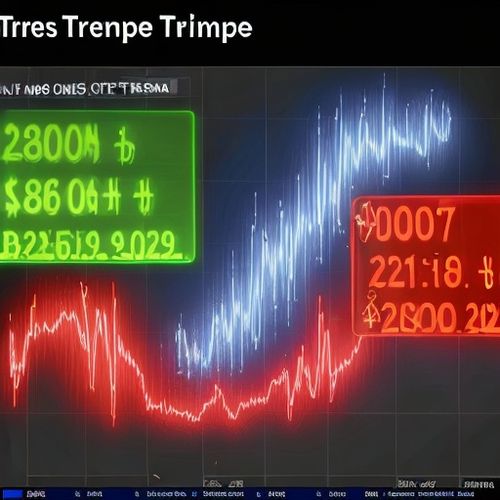
By Sarah Davis/Apr 7, 2025

By Samuel Cooper/Apr 7, 2025
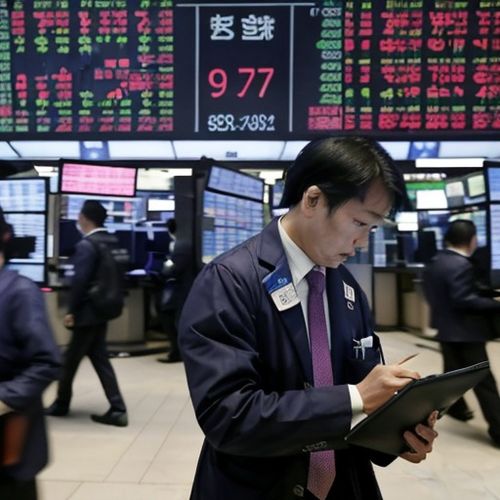
By Grace Cox/Apr 7, 2025
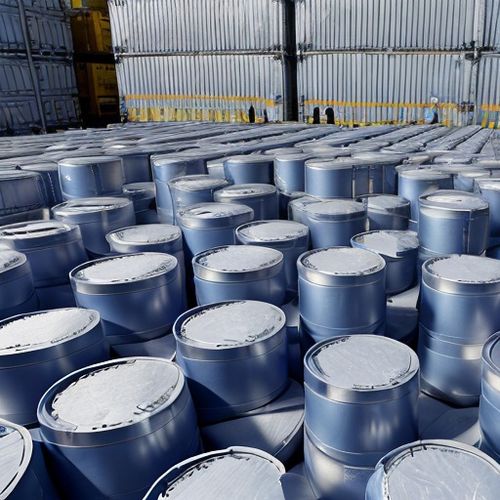
By Thomas Roberts/Apr 7, 2025

By Olivia Reed/Apr 7, 2025

By Daniel Scott/Apr 7, 2025

By Megan Clark/Apr 7, 2025

By Samuel Cooper/Apr 7, 2025
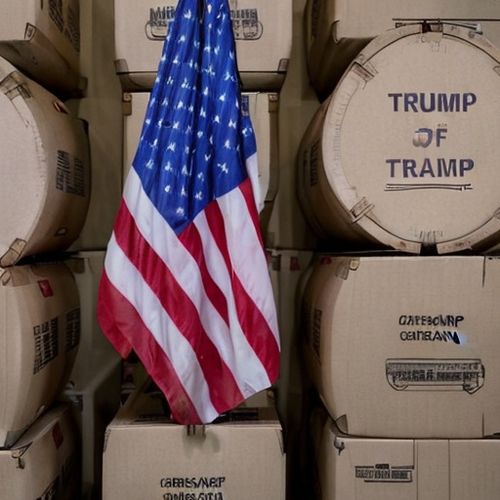
By William Miller/Apr 7, 2025

By John Smith/Apr 7, 2025
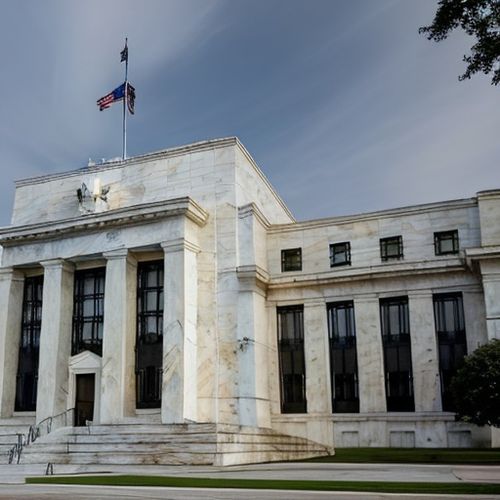
By Samuel Cooper/Apr 6, 2025
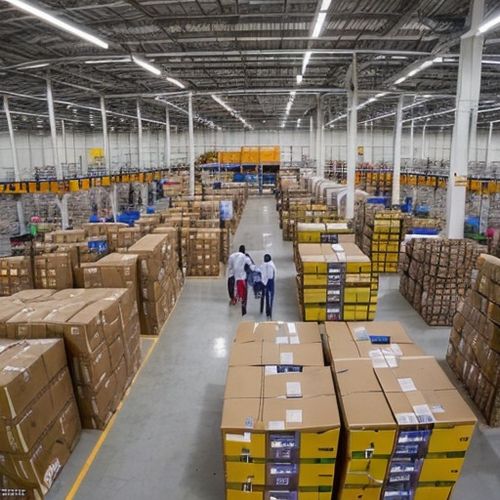
By Lily Simpson/Apr 6, 2025

By Daniel Scott/Apr 6, 2025

By Grace Cox/Apr 6, 2025

By Olivia Reed/Apr 6, 2025

By Emma Thompson/Apr 6, 2025

By Rebecca Stewart/Apr 6, 2025